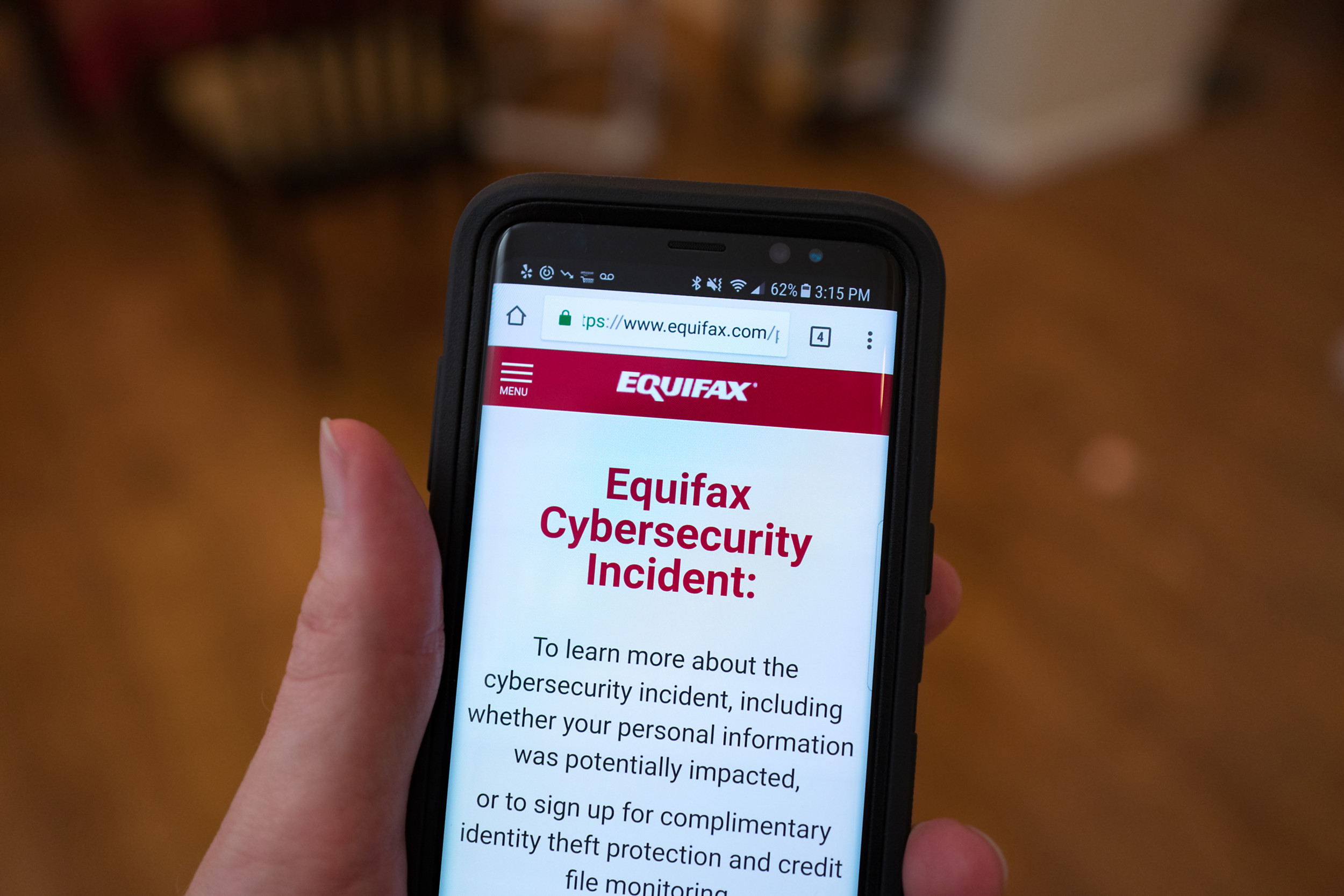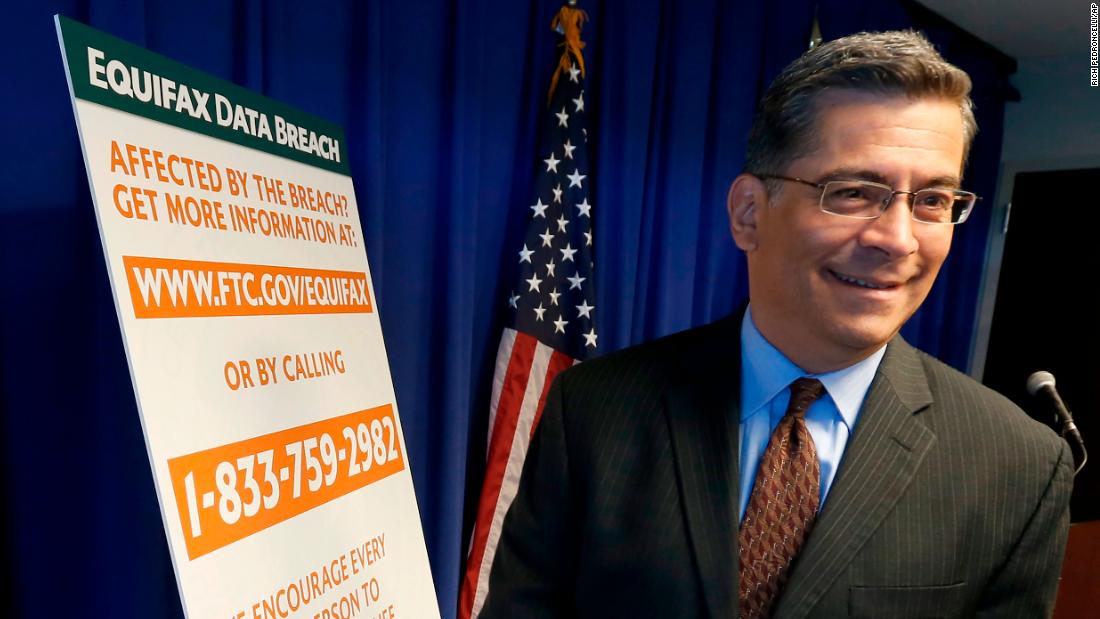

- #Equifax data breach analysis update
- #Equifax data breach analysis software
- #Equifax data breach analysis license
These recommendations provide a great baseline for preventing breaches like the one Equifax just disclosed. We recommend such monitoring as good operations practice for business-critical Web-based services. Nowadays there are a lot of open source and commercial products available to detect such patterns and give alerts.
#Equifax data breach analysis software
It is good software engineering practice to have individually secured layers behind a public-facing presentation layer such as the Apache Struts framework. Don’t build your security policy on the assumption that supporting software products are flawless, especially in terms of security vulnerabilities.
#Equifax data breach analysis update
Most breaches we become aware of are caused by failure to update software components that are known to be vulnerable for months or even years. Best is to think in terms of hours or a few days, not weeks or months.

However, multiple sources have reported it was CVE-2017-5638, a vulnerability in Apache Struts, a free, open source framework for creating web applications. As one of the major credit reporting agencies, Equifax maintains a vast amount of sensitive personal and financial information for residents of the United States and the United Kingdom, and this breach is reported to have compromised the information for nearly 150 million US and UK citizens.Įquifax has not issued a public statement pinpointing which vulnerability was exploited. But was the root cause lack of visibility into open source use?Īs most of you are aware, last Friday news broke of a major data breach at Equifax. CEO Richard Smith and numerous other executives resigned, and Equifax was left facing dozens of lawsuits, government investigations, and the potential for new regulation.What caused the Equifax breach? On the surface, it was the exploit of a known vulnerability. Equifax’s public response also received criticism.

It came to light that Equifax had been aware of critical faults in its cybersecurity infrastructure, policies, and procedures for years but had failed to address them. The announcement sparked a massive backlash, as consumers and public officials questioned how a company that managed sensitive personal information about over 800 million individuals could have such insufficient security measures.
#Equifax data breach analysis license
On September 7, 2017, Equifax announced that the personal information of over 140 million consumers had been stolen from its network in a catastrophic data breach, including people’s Social Security numbers, driver's license numbers, email addresses, and credit card information. The case supplement provides details of how Equifax recovered from the breach and changes the company made. credit reporting companies, the organizational and governance issues that contributed to the breach, and the consequences of the breach. The case discusses the events leading up to the massive data breach at Equifax, one of the three U.S.


 0 kommentar(er)
0 kommentar(er)
